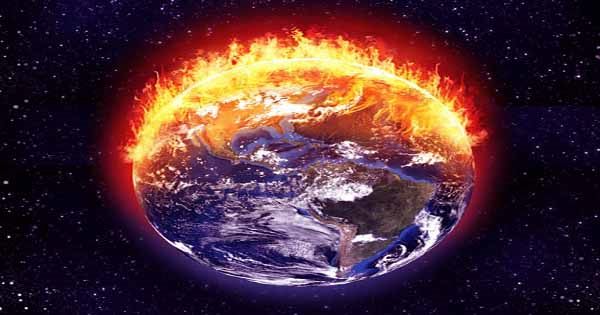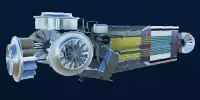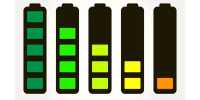The Montreal Protocol for the Protection of the Ozone Layer is an outstanding achievement of the human environment. Since its passage in 1989, the concentration of most of the gases under threat to our atmospheric shield has decreased and the ozone layer has begun to recover.
However, given the depletion of a key ozone-depleting gas, it is suggested that there are some illegal sources here. At current rates, it would hinder the Earth’s sunscreen recovery, leading to thousands of additional cases of skin cancer. If these secret emissions increase further, they could be a threat to all of us. One of the phased gases under the Montreal Protocol to protect the ozone layer was Trichlorofluoromethane (CFC-11). Nevertheless, a quarter of the ozone-depleting chlorine in the stratosphere comes from this one industrial gas.
The concentration of CFC-11 in the atmosphere decreased steadily at a rate of 2.1 parts per trillion from 2002 to 2012, but a team from the National Oceanic and Atmospheric Administration reported in nature that it has only dropped by more than half since then. CFC-11 has an atmospheric lifespan of about 43-67 years, so it should decline faster than that. Buildings, including CFC-11 products, have been destroyed as some stock made before the ban reached the atmosphere, but this should not be accelerated.
There is a wide gap between the densities in the northern and southern hemispheres which is a sure sign of increased emissions north of the equator. Most other ozone destroyers continue to live up to expectations. Exaggerating the problem after accounting for changes in atmospheric conduction, the authors estimate that at least 1,000,000 tons (700 tons) of fresh CFC-11 is being produced each year, even after government production is almost zero.
The papers do not try to identify the sources, but there are indications of them in East Asia. A decade later, chemists first warned of the dangers that chlorinated gases could create the ozone layer, which could drastically protect the Earth from ultraviolet radiation and kill most living things if it reached the surface, the world decided they would work.
The chemicals in question came out in stages. Prior to the CFC-11 ban, it was used to blow refrigerators, spray cans, drivers, and foam – it had to be discontinued by 2010. Most of the reasons for the decline in the concentration of CFC-11 in the atmosphere were due to the reversal of the depletion of ozone levels over Antarctica. Without this recovery, Southern Ocean ecosystems, most of the seafood web, would be at risk of collapse.
In addition to ozone-depleting power, CFC-11 is the fifth most important cause of global warming, although it lags far behind carbon dioxide and methane. Since replacements are available for all known uses, its revitalization is probably to save costs.
















